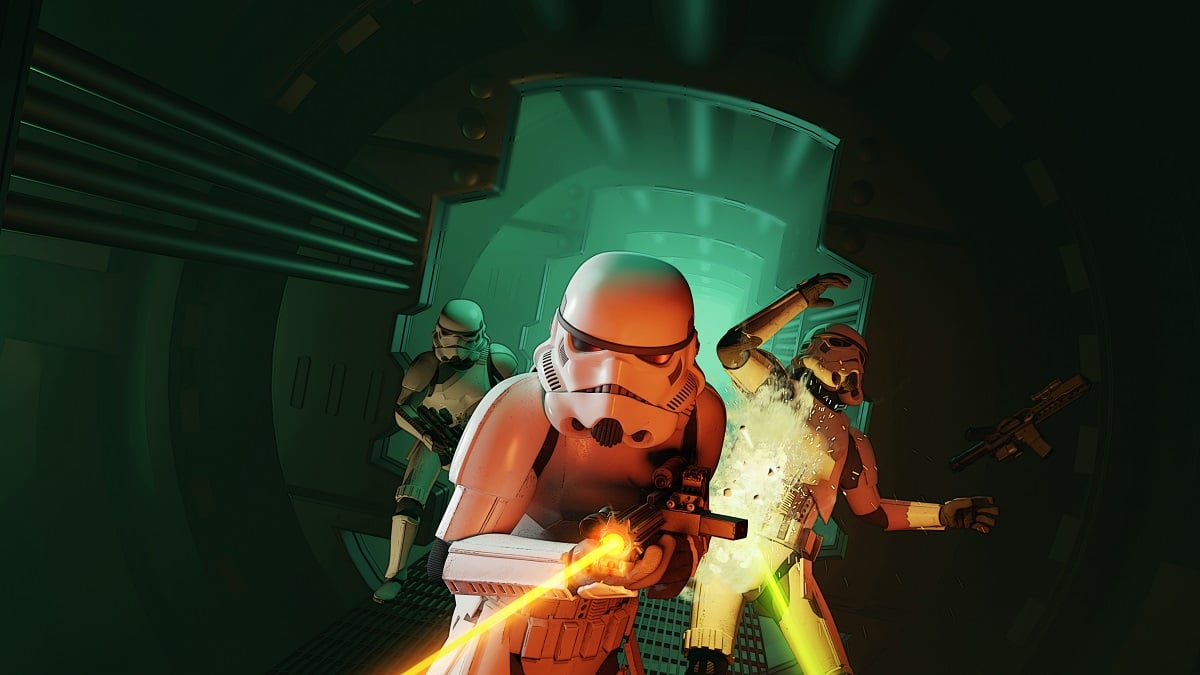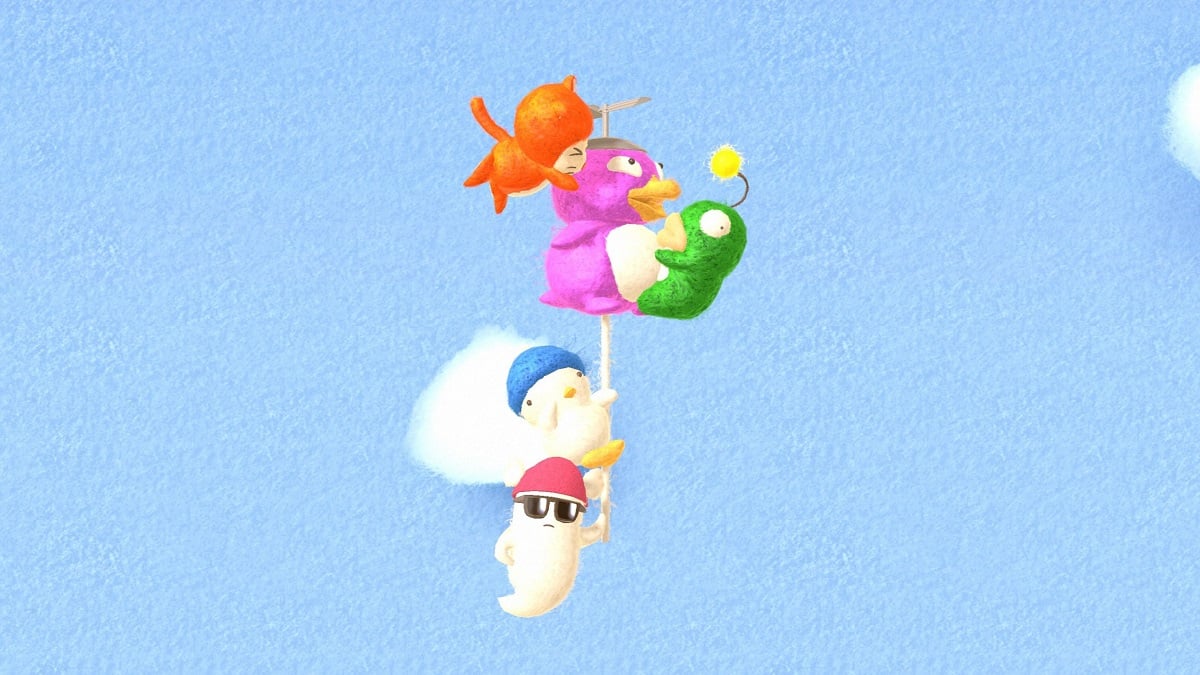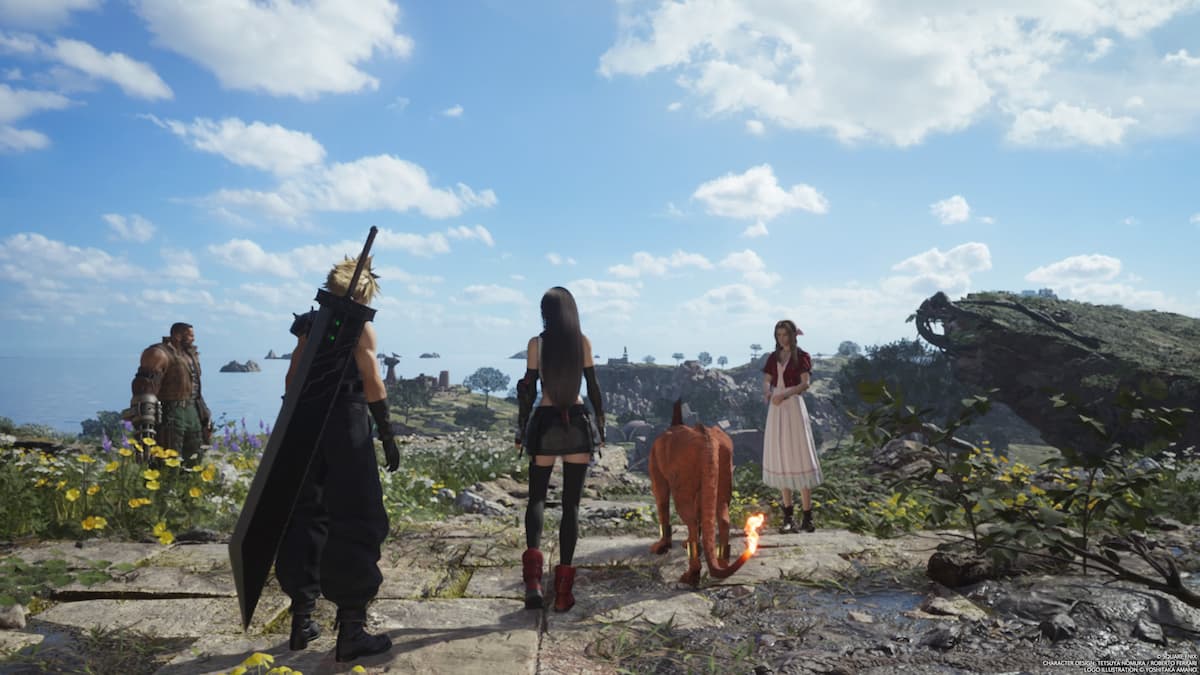Narrative can be a powerful tool when allowed to flourish, and Armature Studios took that to heart with its latest release Where the Heart Leads, a game that captures moments in time, the grander picture of how lives intertwine, and how the trajectory of those lives can be shifted by the smallest of decisions. We’ve seen choice represented in plenty of games, but few games present a picture as immersive, compelling, and relatable as Where the Heart Leads. What starts out as a story of survival turns into one about family, love, heartbreak, legacy, and hard choices, and it’s an experience I absolutely fell in love with.
Where the Heart Leads is a story seen through the eyes of Whit Anderson, and as you follow his journey you get to know a host of other characters that make up his world. The most important of these is undoubtedly Rene, and it was a joy to watch their story unfold, especially because you feel as if you have some sort of influence on how things play out. It doesn’t hurt that early on the game shows you what Whit’s life could be, and as the memories and story unfold you start to put slowly figure out how all of those pieces might have come together.

Their story doesn’t take long to sweep you away, just as it does to Whit, but it’s far from the only meaningful interaction you have throughout his story. Armature did a masterful job at making even the smallest of characters feel additive to the ever-evolving narrative, and those interactions only help to immerse you into a story that you feel you had a hand in creating.
It’s that ownership that pushes you to not only explore every nook and cranny of this colorful and almost wistful world but also to seek out every avenue of interaction within it. Few games have actually compelled me to head back to my house just to see what phone call options I had unlocked or had me consistently bugging NPCs just so I could make good on a promise like this one did. Whether it’s trying to figure out how to create the garden for Rene and the kids or working with your brother Sege to create a new artistic vision and business, you are always being propelled to interact with the world and its various characters, and the choices you are given feel nuanced and organic to what’s come before.

As Whit explores the caves and various areas in the pseudo-present you are also unlocking memory entries that update as you interact more and make additional choices, summarizing what happened after all those choices were made. If something was unclear these help break it all down, but the game’s narrative does a great job of conveying all of this information that this seems more additive rather than a crutch.
Again, the star of the show here is the actual story of this family and how your decisions can affect the direction of not only your life but those around you for years to come, and there were many moments where I wanted to immediately go back and see how a change in the decision would change the outcome for my family and friends. As in most games of this ilk, some choices don’t really affect the broader story while others change it significantly, but on the whole, it was quite impressive how many choices really mattered and set things on a different path.
There is one early on where you can reveal two huge secrets to your mother, and while it felt like the right thing to do (I even got a Trophy for it), I was surprised to see that it might not have been the most outright beneficial to the family’s current predicament, even if it was probably better for the family’s cohesion as a whole. That’s also why it feels so real, even in the most mundane conversations, and despite the surreal circumstances that lead to this story, there were many immensely relatable instances throughout Whit’s journey that hit close to home.

Where the Heart Leads does have a few game-centric mechanics that you will interact with along the journey, but most of the game is solely focused on dialogue. That said, its presentation is far from straightforward, with an almost watercolor style effect applied to the game’s environments that still gets across the various little details of the various locations in the cities and surrounding land. When you head into a building the game pulls the front layer of the area away so you can see the architecture and your characters inside, and the characters themselves are semi-translucent figures other than Whit. It’s a truly unique aesthetic that sets the game apart from anything else, and it’s a style I grew to love.
Granted, not everything is perfect, though the biggest issues seem more like a purposeful choice that I just don’t love rather than any sort of glitch or major flaw. The world is lush and fun to explore, and the camera seems to be created to further push you to explore it, as it lets you zoom in and out and pan but only to a certain point. You can’t just rotate the camera completely to get a better view of where you need to head to next (which is often marked with silhouettes of the characters you are trying to talk to), and at times it can be a little difficult to figure out where a certain character went without just walking around aimlessly a bit until you see one of these silhouettes. Also even when completely zoomed in, the character models are quite small, and the dialogue font isn’t that large either, which was a little frustrating, as that frequent squinting can take you out of things a bit. Because things are a little far off, it can make some sections of the game a little difficult to navigate, especially in darker or snow-covered environments.

Those nitpicks, and they are nitpicks, likely won’t really bother too many players as the story of Whit and Rene is captivating enough to push through any issues. You’ll get lost in a beautiful world full of relatable characters and complex relationships, and there just isn’t anything quite like Where the Heart Leads out there right now. While it might not be for everyone, those who discover it will likely find themselves better for the experience.
Rating: 4.5 out of 5
Where the Heart Leads is set to release for PlayStation 4 on July 13th. A digital code was provided by the publisher for the purpose of this review, and it was reviewed on a PlayStation 5 as a backwards-compatible title.


